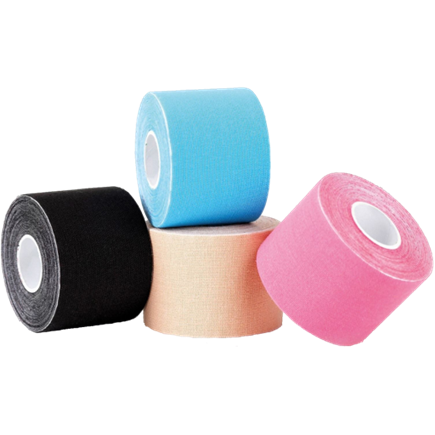K-Tape

The Buzzword in the field of sports medicine. Any physical therapist involved with assessing, treating and rehabilitating sport related injuries, or even patients that present with back and neck pain, will have used K-tape at least once. There are more than 50 brands of kinesiology tape on the market, but the original product, Kinesio tape or Kinesio Tex Tape, was developed in the late 1970s by Dr. Kenzo Kase, a Japanese chiropractor who wanted a tape that provided support but didn’t limit movement the way traditional athletic tapes do.
Kase created Kinesio tape with a proprietary blend of cotton and nylon. It’s designed to mimic the skin’s elasticity so you can use your full range of motion. The tape’s medical-grade adhesive is also water-resistant and strong enough to stay on for three to five days, even while you work out or take showers.
If you’ve watched a volleyball game or competitive bicycle race, you’ve probably seen it: strips of colourful tape splayed in patterns across shoulders, knees, backs, and abs. That’s kinesiology tape: a therapeutic tape that’s applied strategically to the body to provide support, lessen pain, reduce swelling, and improve performance.
When the tape is applied to your body, it recoils slightly, gently lifting your skin. It helps to create a microscopic space between your skin and the tissues underneath it.
Some of the benefits of the tape are:
- Pain Relief
- Reduce Swelling
- Assists weak or injured muscles and can also
- Help with quicker return to sport, work, or daily activities
- This tape is for everyone and should not be limited to an athletic activity since it can be used in your daily life
At Twin Rivers Osteopathy we use K-Tape to help our patients recover quicker and provide some comfort whilst you are moving. It is important to let your osteopath know if you are allergic to any material that may irritate the skin.
We are ready when you are
Twin Rivers Osteopathy offers a wide range of Osteopathic services & treatments covering back pain, neck pain, shoulder pain, knee pain, headaches, upper back pain, sports injuries, work-related injuries and ergonomic assessment.
